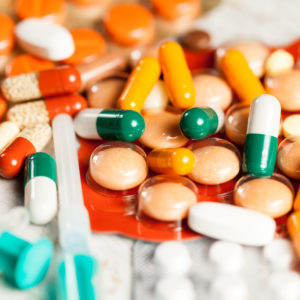Leave it to Washington to make a federal project out of something that can be safely and easily thrown in the trash or handled in other ways. At issue are billions of unused, no longer medically needed prescription opioid pills, which remain susceptible to misuse. More than 1 million Americans have died of a drug overdose since […]

